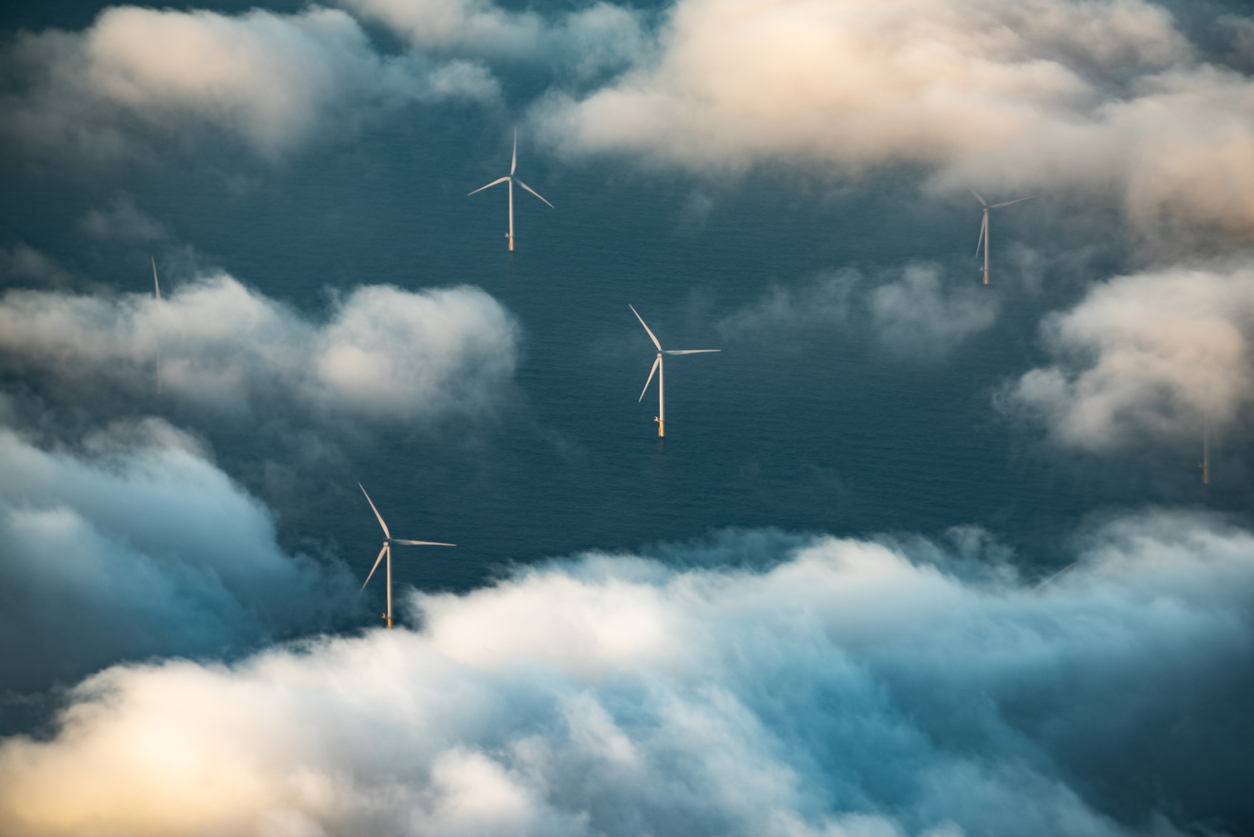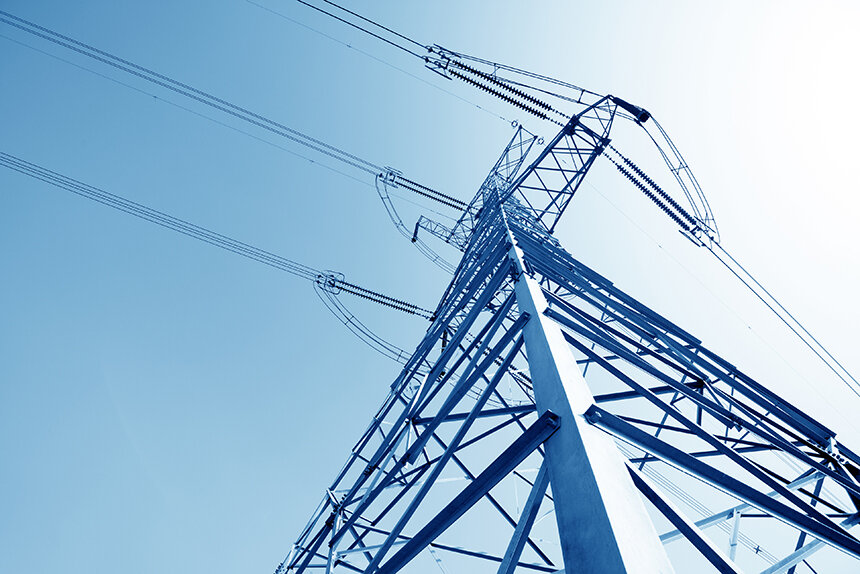Vineyard Wind’s Major Environmental Study Finished
June 14, 2020
The long-awaited supplemental draft environmental report for the Vineyard Wind project was recently released, setting the stage for numerous offshore energy projects planned for the waters off the East Coast.
The draft environmental impact statement (EIS) was initially issued in December 2018. BOEM planned to complete the EIS by August 2019 but delayed it after the National Marine Fisheries Service and the National Oceanic and Atmospheric Administration called for a supplemental report to take into account the upsurge in offshore wind proposals. At the start of the federal review, 130 megawatts of construction plans had been submitted, but that figure quickly escalated to 22 gigawatts of offshore wind-energy potential.
“This expanded cumulative scenario is intended to better understand future impacts of the offshore wind industry while being responsive to the concerns of other ocean industries,” said Walter Cruickshank, acting director for the Bureau of Ocean Energy Management (BOEM).
The new report considered the cumulative impacts on fishing and coastal habitats of the proposed 84-turbine Vineyard Wind 1 project. Sea turtles, finfish, marine mammals, and bird and bats were included in the large geographic analysis. Other issues given consideration included environmental justice, recreation and tourism, and air and water quality.
An ongoing issue with commercial fishermen has been the width of travel lanes within the turbines. A Massachusetts and Rhode Island Port Access Route Study recommended diagonal lanes of 0.6 to 0.8 nautical miles wide. Several scenarios with wider spacing are considered in the latest report, including a proposal put forth by the fishing advocacy group Responsible Offshore Development Alliance (RODA).
In all, the 420-page analysis looks at the construction, operation, and eventual decommissioning of the Vineyard Wind 1 facility, as well as the effects of 2,000 wind turbines that may be installed in the next 10 years in 17 wind-lease zones along the East Coast. The permanent impacts “include effects on habitat or individual members of protected species, as well as potential loss of use of commercial fishing areas.”
Looking at six wind facility configurations, the report concluded that the impact between them is negligible and that overall the project will have a moderate effect on commercial fishing and coastal habits when combined with ongoing impacts from climate change, shoreline hardening, and bottom-tending fishing gear. Cable installation and cable protection measures also contribute to the harm, but to a lesser degree, according to the study.
A 45-day comment period ends July 27. Public comments can be submitted here. BOEM is expected to make a decision by Dec, 18, when it will state whether it approves, approves with modifications, or disapproves the Vineyard Wind 1 project.
The National Marine Fisheries Service must approve an application for the incidental killing of marine mammals. The Army Corps of Engineers signs off on the final decision. Air and water pollution permits are also required.
If approved, construction of the $2.8 billion project is expected to begin next year.
Vineyard Wind issued the following statement regarding the supplemental environmental impact statement: “We’re pleased that BOEM has published the draft SEIS and look forward to engaging with the agency and the many different stakeholders as we continue to make our way through this important public process.”
RODA executive director Annie Hawkins said the organization is reviewing the report and will provide a more complete response. She noted that the project remains a concern to the fishing industry.
She also said the organization appreciates the “SEIS’s acknowledgement that the proposed New England wind energy projects will have ‘major’ cumulative fisheries impacts, and remain gravely concerned about the effects to the region’s sustainable seafood production if the proposed action is approved. This is especially true if this project would set procedural or design precedents for future projects in New England or elsewhere.”
Online public comment sessions are scheduled for: Friday, June 26, at 5 p.m.; Tuesday, June 30, at 1 p.m.; Thursday, July 2, at 5 p.m.; Tuesday, July 7, at 1 p.m.; and Thursday, July 9, at 5 p.m.
Meeting documents and other information can be found here.
Categories
Join the Discussion
View CommentsRelated Stories
Your support keeps our reporters on the environmental beat.
Reader support is at the core of our nonprofit news model. Together, we can keep the environment in the headlines.
We use cookies to improve your experience and deliver personalized content. View Cookie Settings



